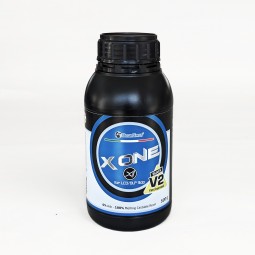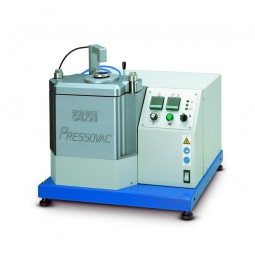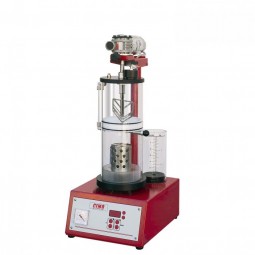- 0 likes
- 31228 views
- Castable resin, BlueCast, Resin wax, 3d printer, lost casting

Tree Preparation and Casting with BlueCast Resins
Direct investment casting with BlueCast resins is straightforward and efficient. Forget about boiling, long curing times, or complex procedures—just print, wash, dry, and cast. A quick 10-minute post-cure ensures no uncured resin remains, especially if a clean alcohol bath wasn’t used. For best results with X-Resins, follow the recommended washing steps.
When assembling the tree, make sure sprue parts are fully dry. Similar to working with castable wax, roughen the welding zone, add a drop of wax, and attach the sprue using a micro welder. Position engravings facing upward and avoid complicated configurations that may cause turbulence. BlueCast resins melt cleanly, enabling smoother flow during casting. Thicker parts should be placed at the bottom of the tree, thinner ones at the top, with at least 1 cm of space between parts and the flask wall. Generous sprues also aid in gas escape, improving casting quality.
Thanks to the unique properties of BlueCast resins, there’s no need for protective sprays or dipping coats. Their surface tension prevents any adverse resin-investment reactions. Always use perforated flasks to allow gases to escape during sublimation, even in closed systems.
Investment and Burnout Guidelines
For optimal results, we recommend Optima Prestige (Certus) or PlastiCast (R&R), which deliver exceptional detail and surface quality. Always use distilled water for mixing, as tap water can introduce chlorides and minerals that compromise the investment.
Adjust the water-to-powder ratio carefully. Too little water creates brittle investment prone to cracks, while too much results in softer, less detailed surfaces. Keep water and powder cool to control the exothermic hardening reaction. Store water in a refrigerator and powder in a cool place to maintain stability.
Mix investment slowly to avoid air bubbles, and pour it down the flask’s side to prevent trapping bubbles around the tree. Use a vacuum chamber to extract bubbles, but avoid overdoing it, especially with patterns featuring engravings. Allow the investment to rest for 4–6 hours for best results.
For BlueCast castable resins, use the following burnout cycle for a 100 mm flask:
· 0-150
· 150 - 3 hrs
· 150 - 700
· 700 - 3 hrs Celsius degree
The final burnout temperature should align with the casting temperature of the metal or alloy. After burnout, gradually lower the temperature to the metal's casting point to prevent cracks caused by thermal expansion.
If using non-ventilated ovens, place the flask upside down during cooling to release gases more effectively before casting.




